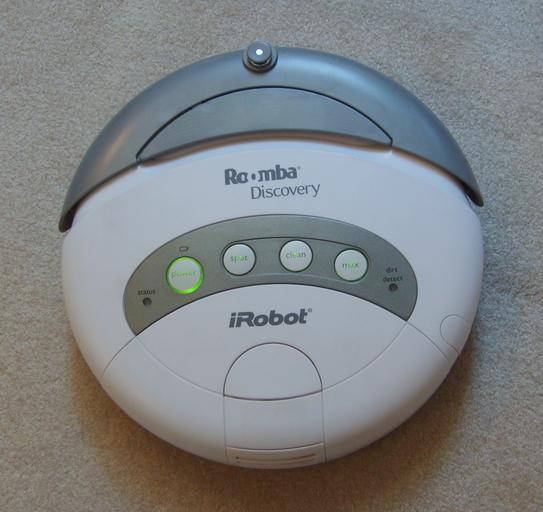The performance of reinforcement learning can be improved by incorporating supervised learning techniques. Let us take a look at a concrete example.
You all might be familiar with the Roomba robot created by iRobot. The Roomba robot is perhaps the most popular robot vacuum sold in the United States.

The Roomba is completely autonomous, moving around the room with ease, cleaning up dust, pet hair, and dirt along the way. In order to do its job, the Roomba contains a number of sensors that enable it to perceive the current state of the environment (i.e. your house).
Let us suppose that the Roomba is governed by a reinforcement learning policy. This learning policy could be improved if we have accurate readings of the current state of the environment. And one way to improve these readings is to incorporate computer vision.
Since reinforcement learning depends heavily on accurate readings of the current state of the environment, we could use deep neural networks (a supervised learning technique) to pre-train the robot so that it can perform common computer vision tasks such as recognizing objects, localizing objects, and classifying objects before we even start running the reinforcement learning algorithm. These “readings” would improve the state portion of the reinforcement learning loop.
Deep neural networks have already displayed remarkable accuracy for computer vision problems. We can use these techniques to enable the robot to get a more accurate reading of the current state of the environment so that it can then take the most appropriate actions towards maximizing cumulative reward.

